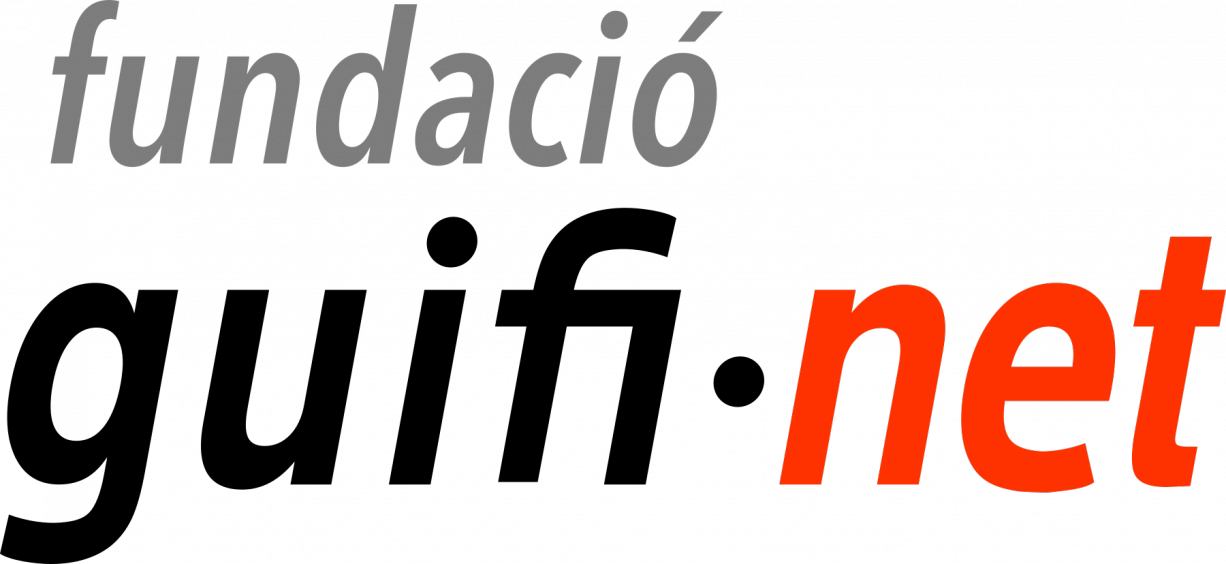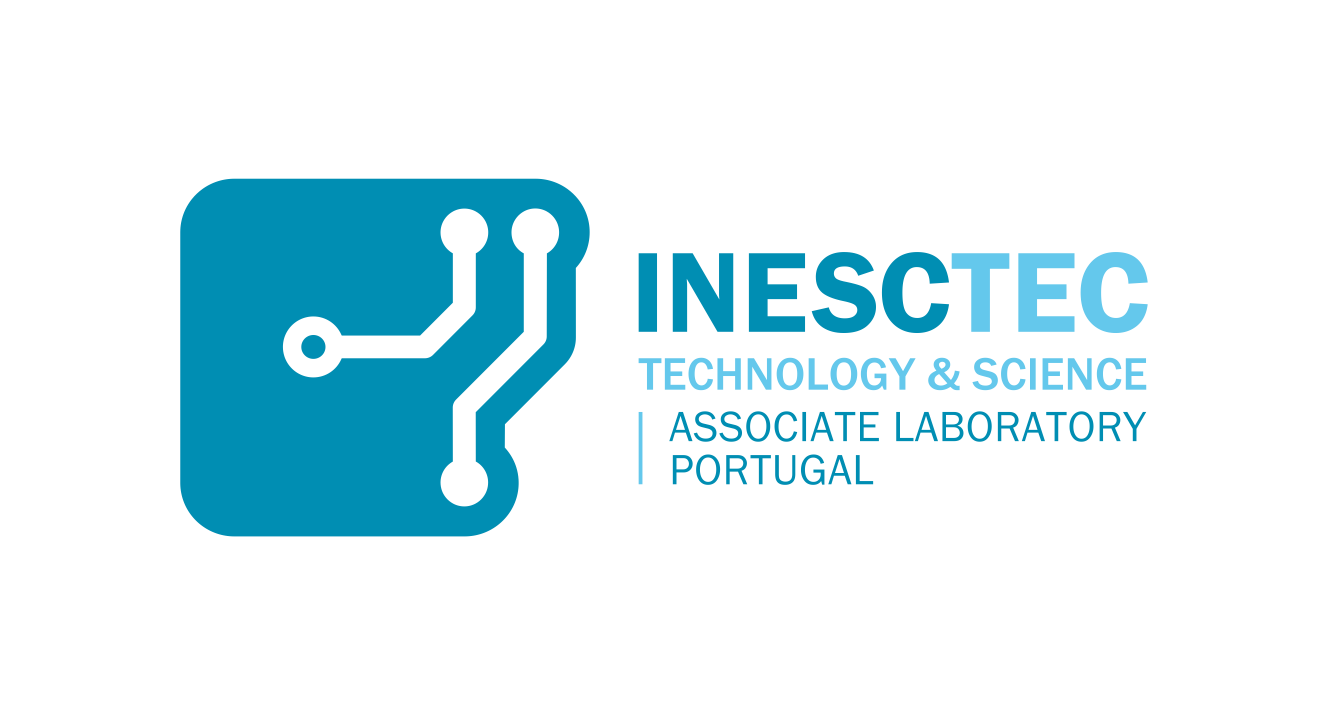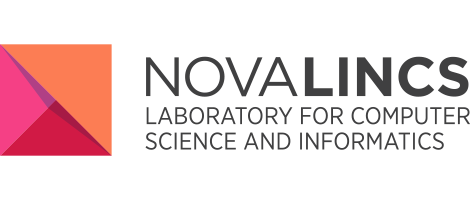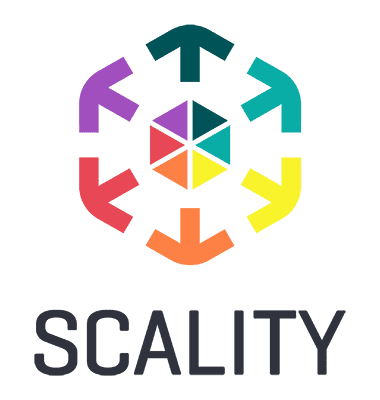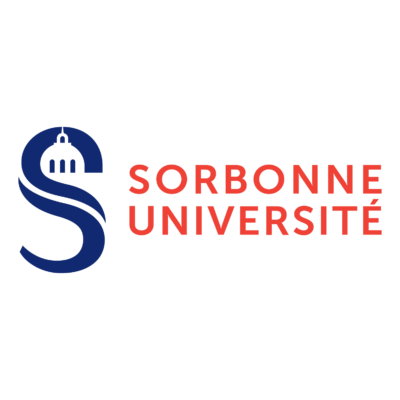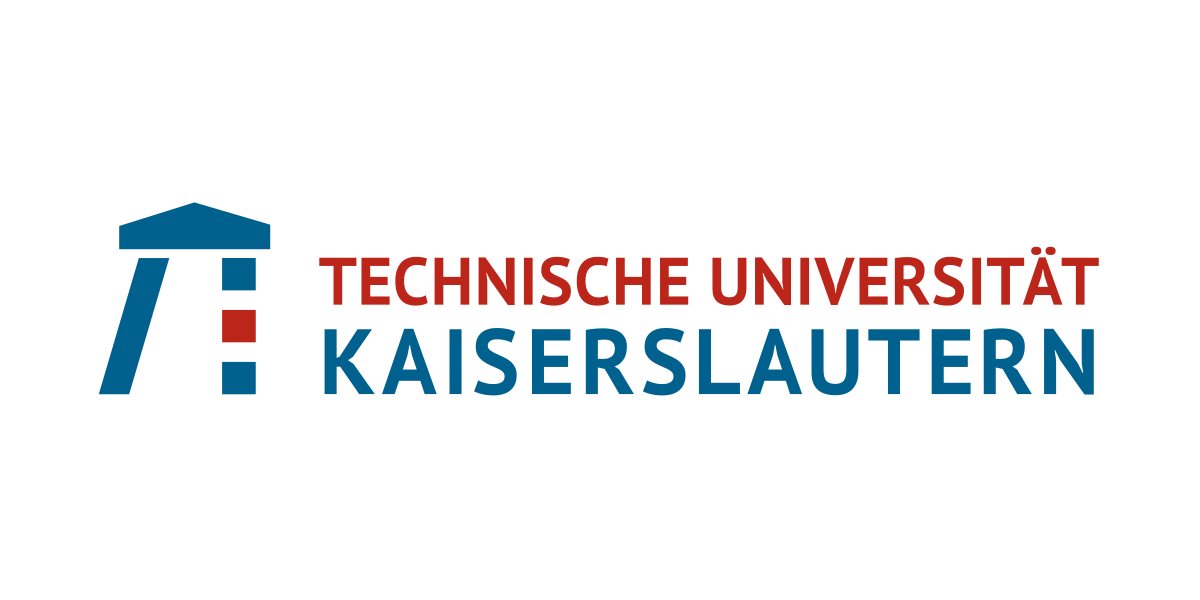Lightweight Computation for Networks at the Edge
LightKone created a scientifically grounded model for general-purpose computing on loosely coupled edge networks. By combining conflict-free replicated data types (CRDTs) with gossip-based protocols, the project enabled reliable computation directly on IoT and mobile nodes instead of relying on distant clouds. Key outcomes include an edge-computing reference architecture and the industrial "NoStop RFID" demonstrator, which updated RFID tags on moving goods without interrupting the production line.
In this industrial pilot, Peer Stritzinger GmbH provided GRiSP boards and led the deployment of a distributed in-memory cache. This system allowed continuous, real time tag updates during movement, without central coordination. The solution combined Erlang-based CRDTs with fault-tolerant edge logic and was adopted by four partners in the consortium.
The LightKone Reference Architecture is described in detail in the LiRA white paper.


Funded by the European Union's Horizon Europe
programme under grant agreement No 732505
Project Summary
- 2017 - 2019
- Horizon Europe #732505
- Research & Innovation Action
- 12 participants
- €3.57 M total budget
Stritzinger GmbH Role
- Project Partner
- Use-Case Provider: NoStop RFID industrial pilot
- Task Leader: Edge CRDT library integration
Project Consortium
The LightKone consortium brought together eleven research and industry partners to rethink distributed edge computing. Participants included Université catholique de Louvain (coordinator), INRIA, Sorbonne Université, INESC TEC, NOVA ID FCT, Technische Universität Kaiserslautern (now part of RPTU), Universitat Politècnica de Catalunya, Scality, Gluk Advice BV, Peer Stritzinger GmbH and Fundació Guifi.net. Together they tested CRDTs, gossip protocols and in-memory caching across real-world use cases in logistics, agriculture and community networks.
Technische Universität Kaiserslautern became part of RPTU (Rheinland-Pfälzische Technische Universität Kaiserslautern-Landau) in 2023.
